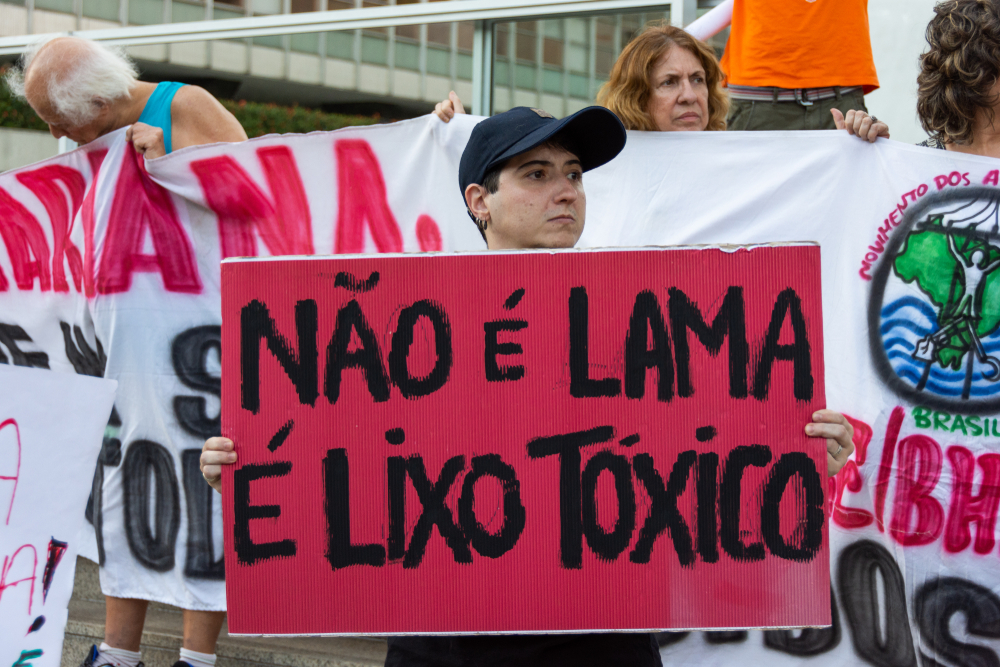At 12:58 on January 25, 2019, a tailings dam collapsed outside the southeastern Brazilian town of Brumadinho, releasing a deluge of toxic sludge that destroyed surrounding villages and killed 270 people, among them employees of the Córrego do Feijão iron ore mine, owned by mining giant Vale.
Two years on, the bodies of 11 victims are still missing. Search operations have taken up over 6,000 hours of work by almost 4,000 military personnel. The last time bodies were encountered was December 28, 2019. Searches stopped in March due to the pandemic, but continued on August 27.
Meanwhile, the survivors have been left unassisted, still dealing with the trauma of the disaster and seeking reparations. This week, the State Environmental and Social Protection Association (Aedas) published a 365-page dossier of “emergency reparation measures” after consulting 3,823 people in Brumadinho.
The document highlights the main damage suffered, how the affected population wishes to be compensated, and how they may take part in decisions. Among other demands, they want increased transparency with regard to the safety of remaining dams, the toxic and ecological conditions of the Paraopeba River — left all but completely dead due to the mud released by the dam failure — and the interruptions and quality of water distributed to the surrounding communities.
At the same times, they demand the right to housing for those who lost their homes in the disaster, the...


 Search
Search






































